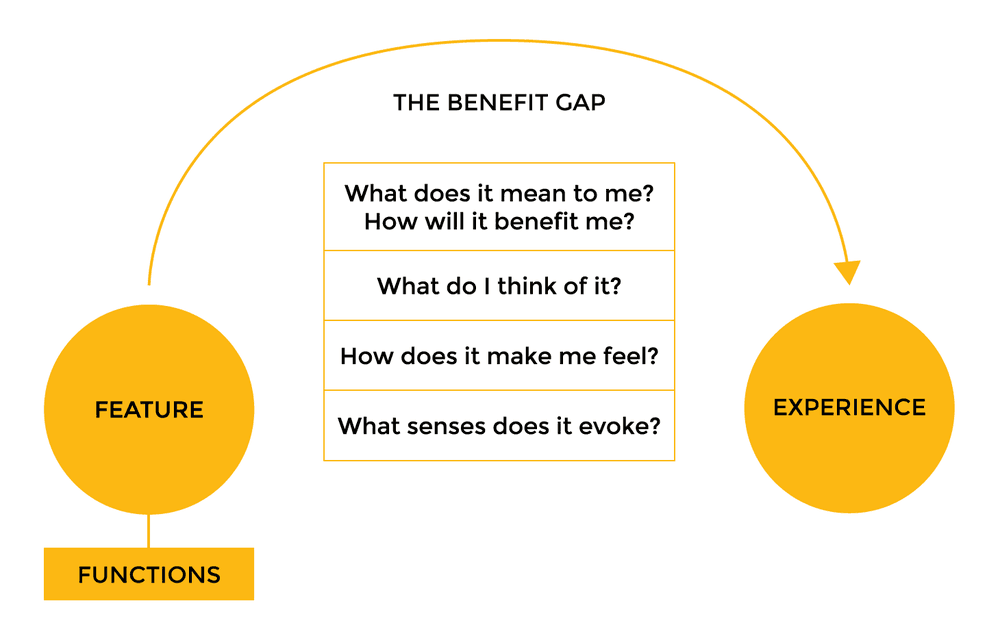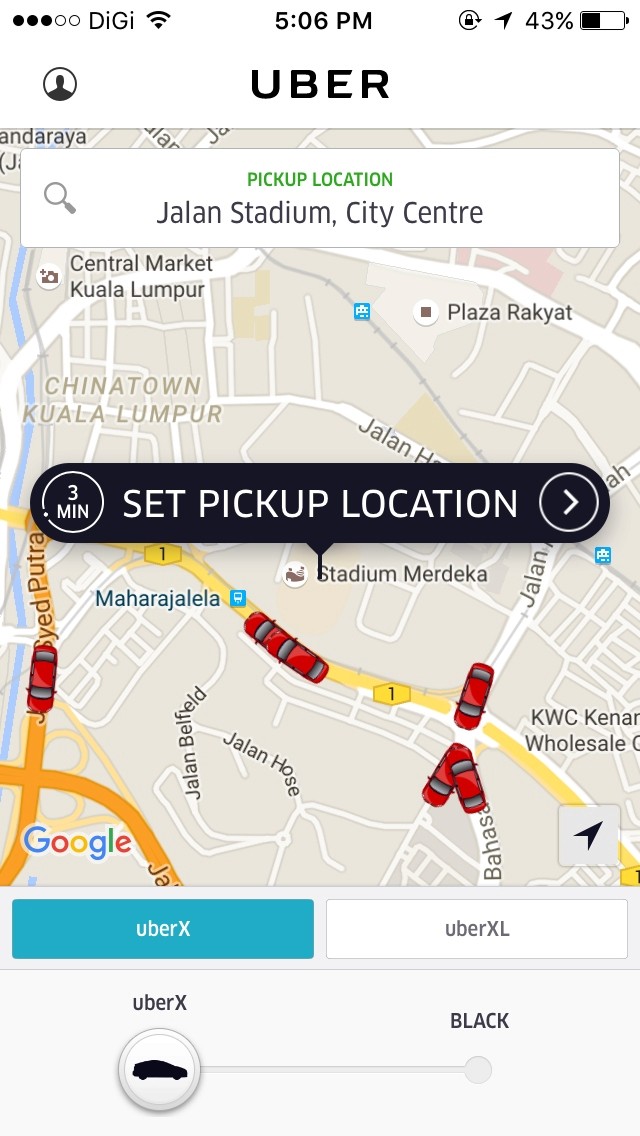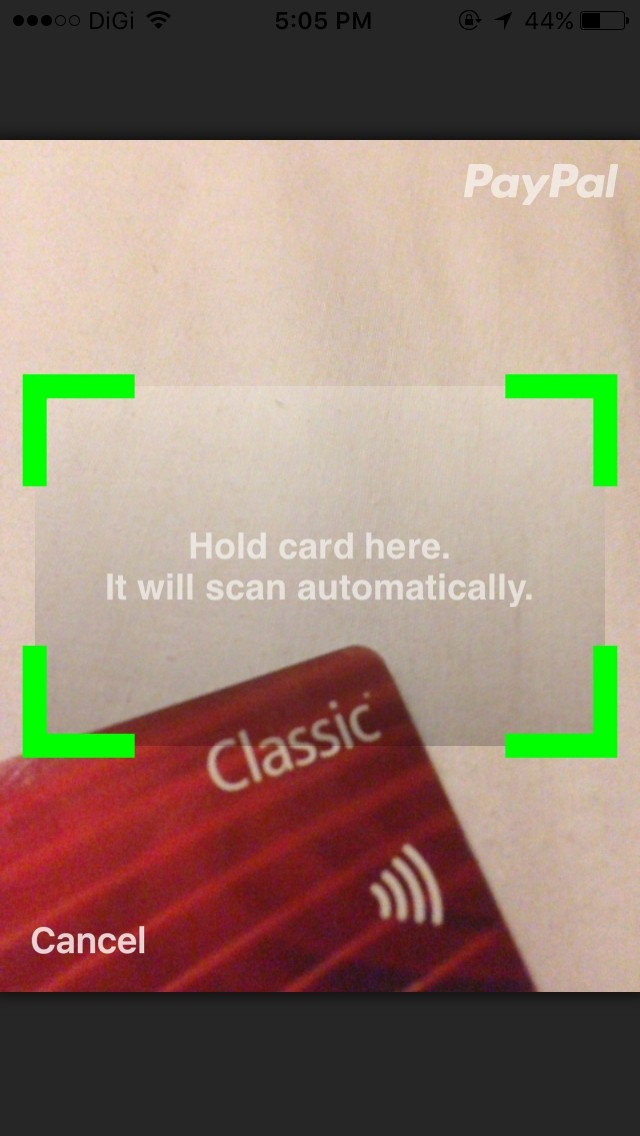How to Turn Features into Great Experiences
5 min read
Many companies, in particular the tech industry is recognizing that great user experience is the key for users to adopt and actively use their products and services. One of the key challenge for teams that are trained predominantly in analytical thinking, such as engineering and business, is how to turn technology features into great experience.
It is not as simple as deploying a set features and expecting users to use them with positive emotions. If the goal is to build product or service for people to continuously use and become loyal fans, we must understand how to build for their emotions and senses.
The meanings must first be defined before turning features can be turned into experience.
A feature (eg. search engine) performs a function (eg. search keyword in a database).
An experience is the condition (spatial, object, service, message, and people) of users measured by functional performance (effectiveness and efficiency), emotions (happy, sad, etc) and senses (sight, sound, touch, taste, smell).
By understanding the definition, there is two opposing domains and there is a gap in between feature and experience. That gap is the benefit or the "Benefit Gap".

To turn features into experience, teams must define what and how the features will benefit the users. This means that teams must empathize with users and consider every feature, ask "What does it mean to me? How will it benefit me?". The benefits of the features must directly contribute to positive outcome that helps users to solve various needs at different moments of condition. Once the benefits are defined, you will be able to anticipate what users think, feel and the senses that are evoking them to evaluate the experience.
Let's look at Uber as an example.

Feature 1: GPS on a map with a set of functions of tracking cars, distance and destination points.
What does it mean to me? How will it benefit me?
It means that I can track the car location and set expectations of the surrounding cars, and when, how, where the car is arriving.
What do I think of it?
Simple, convenient
How does it make me feel?
Informed, calm
What senses does it evoke?
Sight, touch, sound

Feature 2: Credit card scanning with a set of functions to scan credit card, convert numbers and store information.
What does it mean to me? How will it benefit me?
It means that I don't have to type my credit card number which I don't remember and is also tedious to do.
What do i think of it?
Simple, convenient, efficient
How does it make me feel?
Relief, secure
What senses does it evoke?
Sight, sound
From the Uber example, it is noticeable that every feature has tangible benefits that evoke positive emotions through their senses.
When all the features are combined, the stacked benefits and overlapping feelings evoked define the experience of the product/ service. The experience is after all a collection of benefits from features that adds up to the brand experience.
Teams must be cautioned that too many features deployed even though the benefits have been defined, will lead to confusion because of the high learning curve or when there is no existing behaviour in their memory to pull similar interactions from. This means that users must be allowed to a minimum set of features to make the product/service valuable enough to use for a period of time, until they are comfortable with the product/service itself.